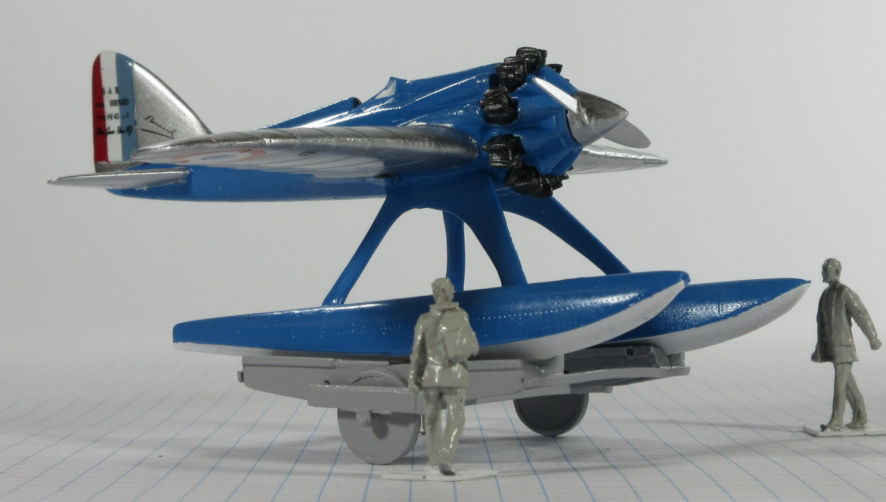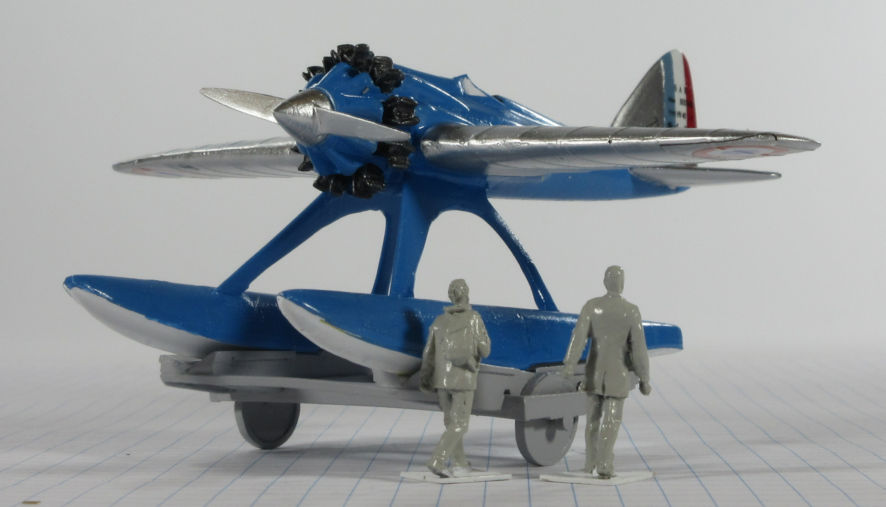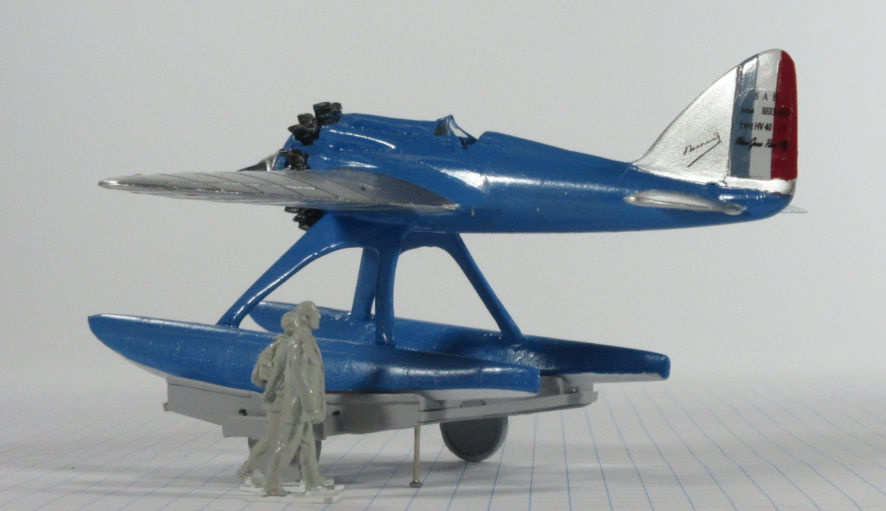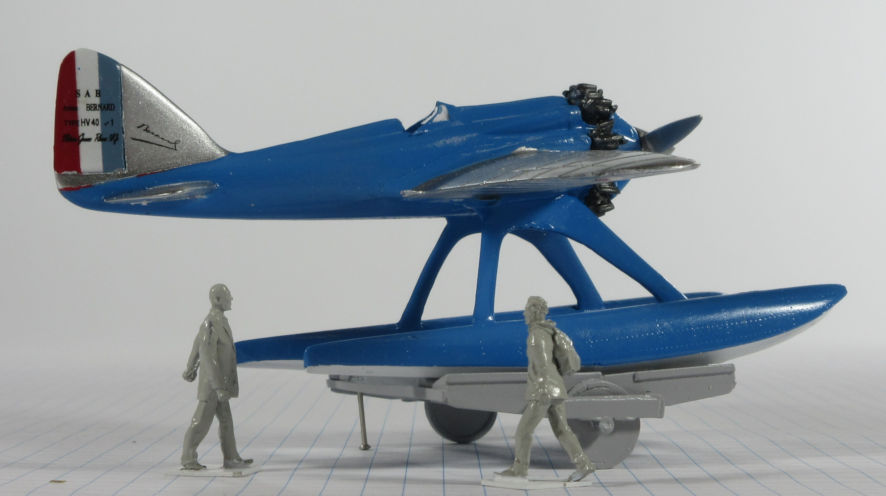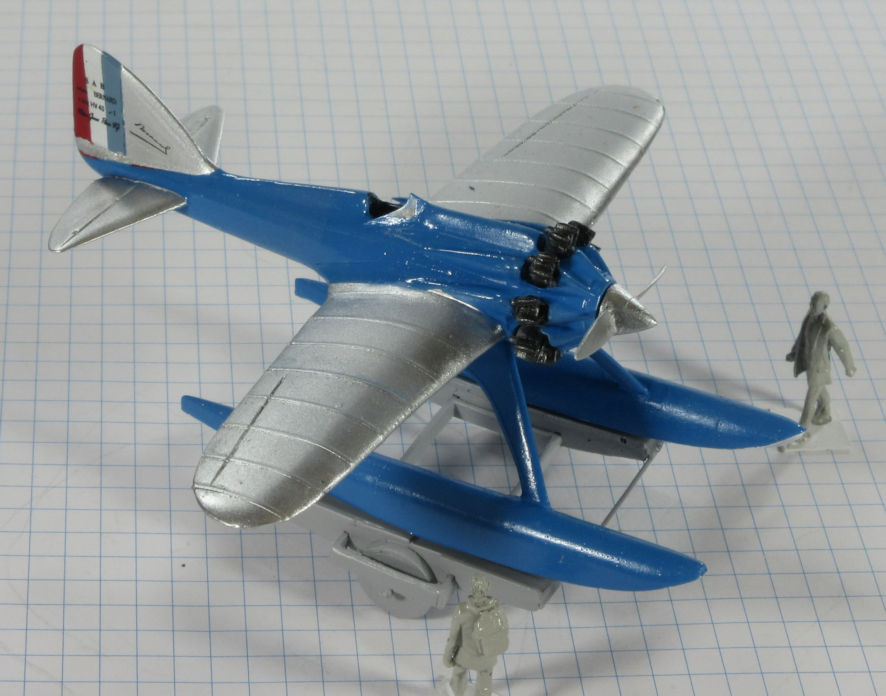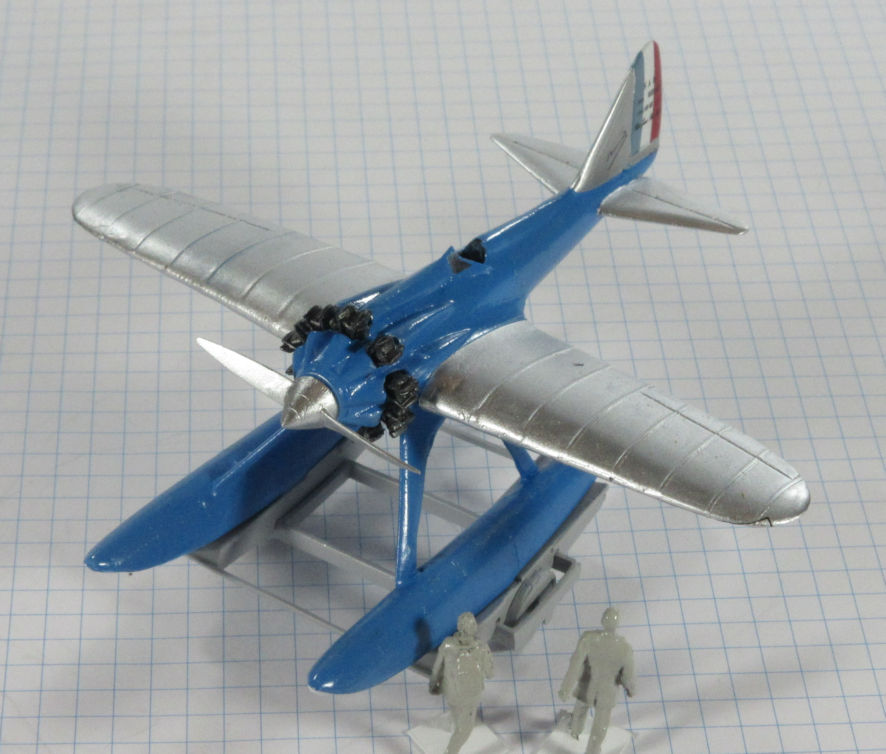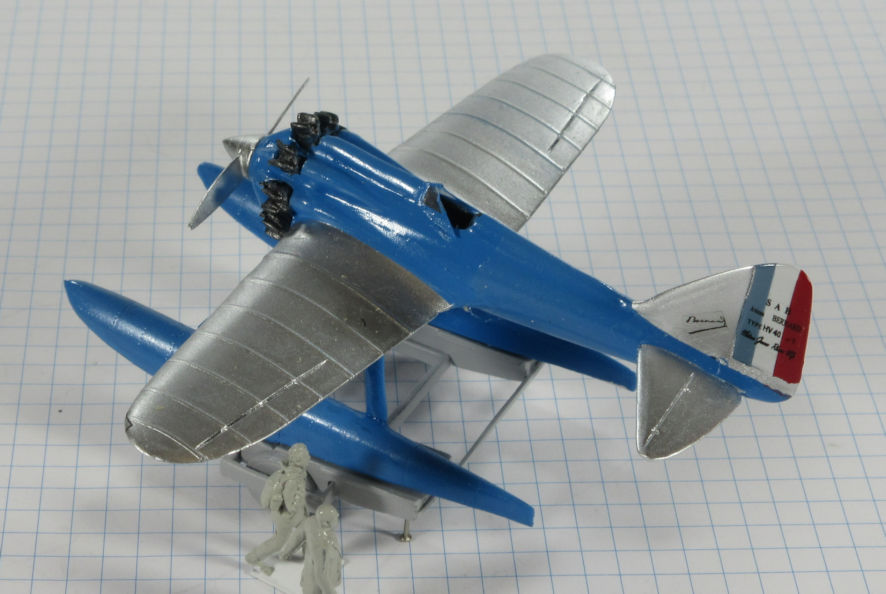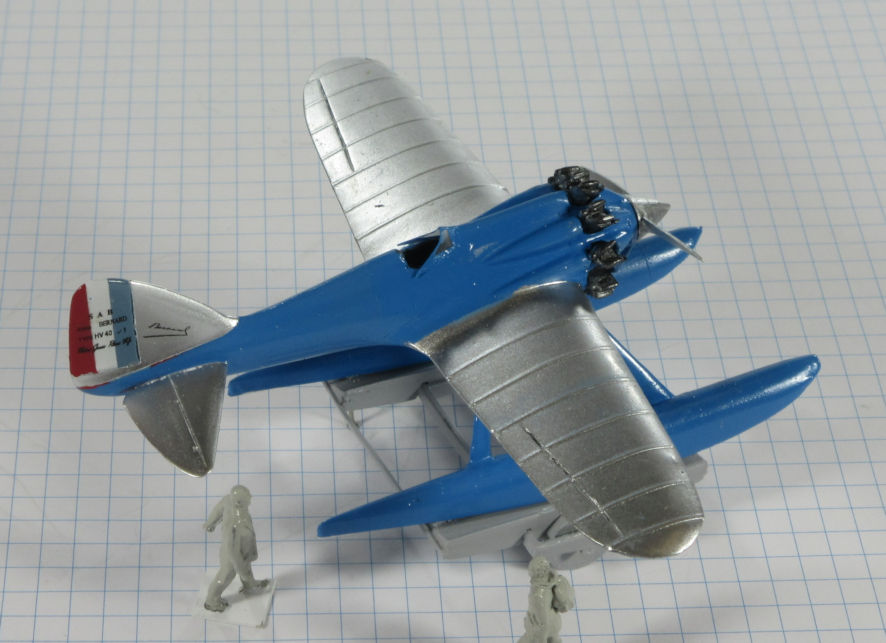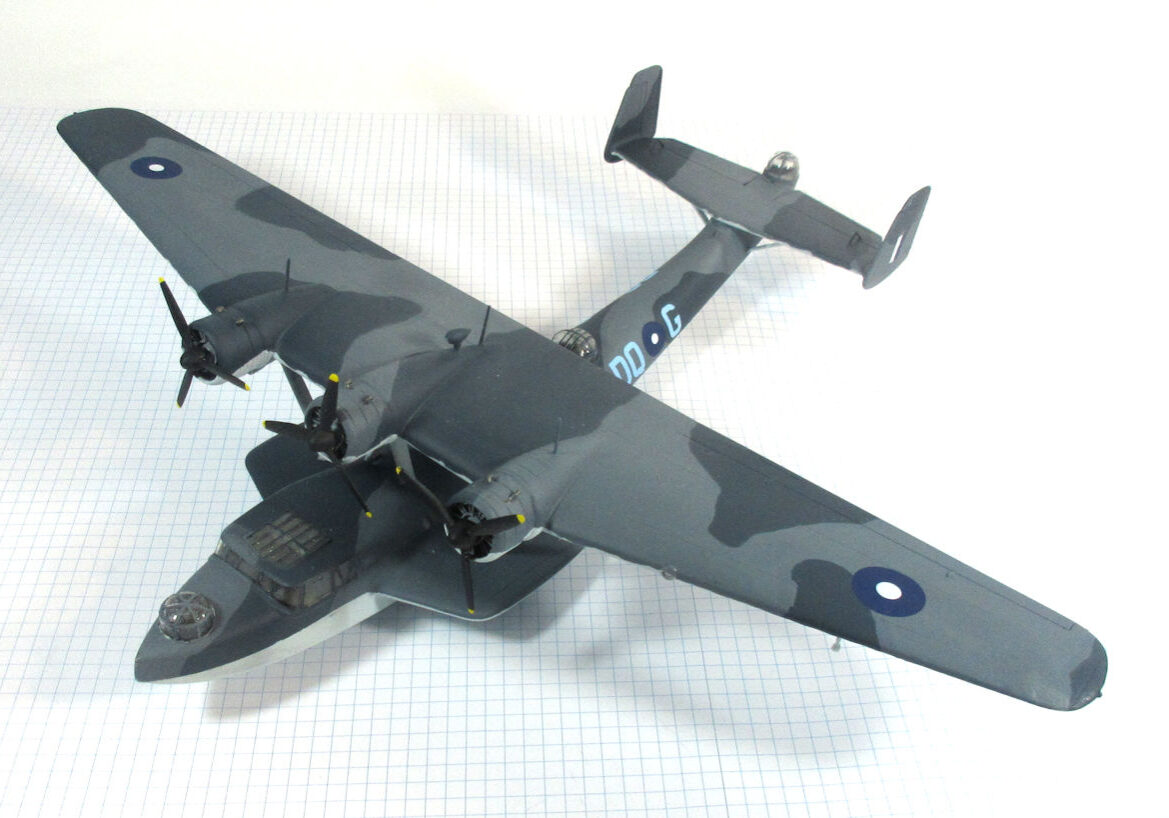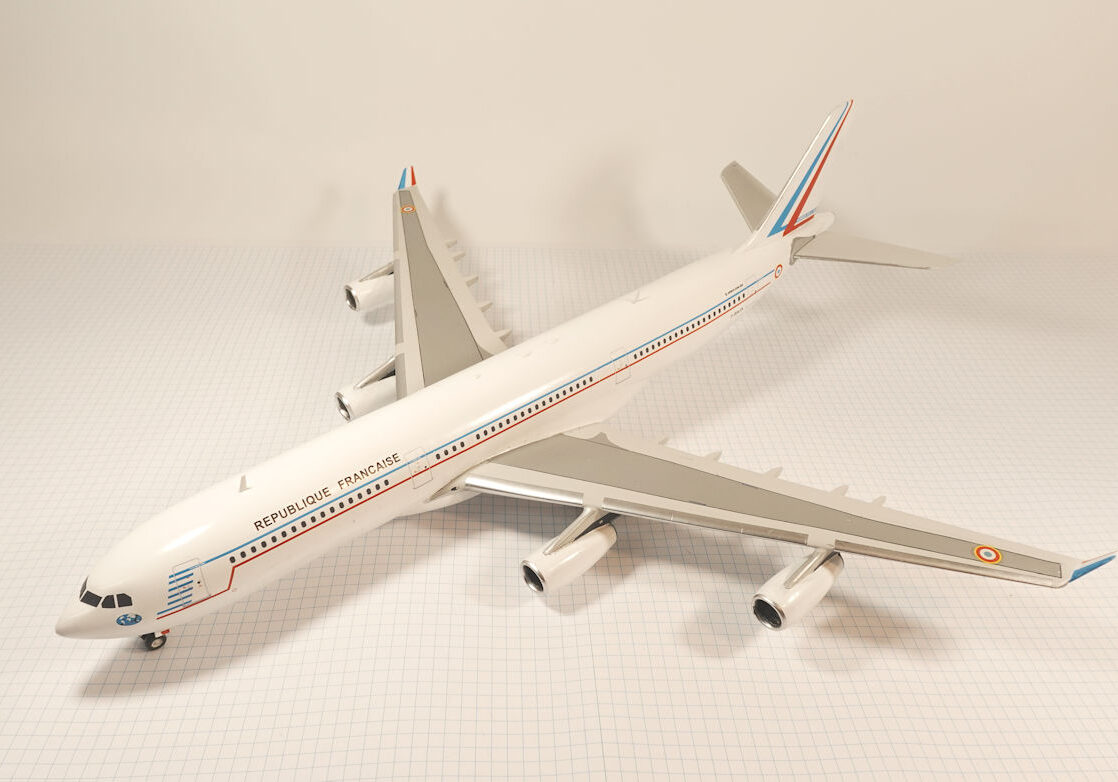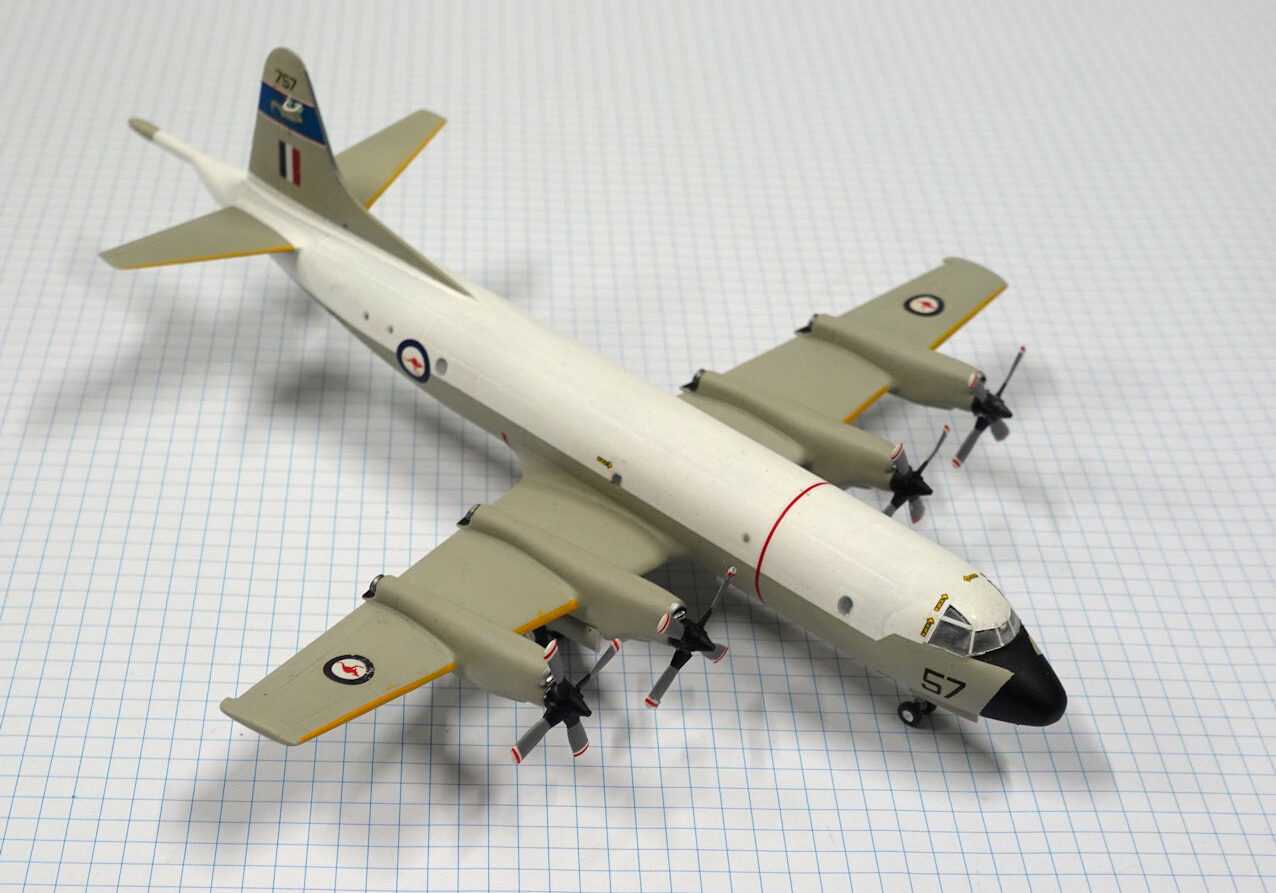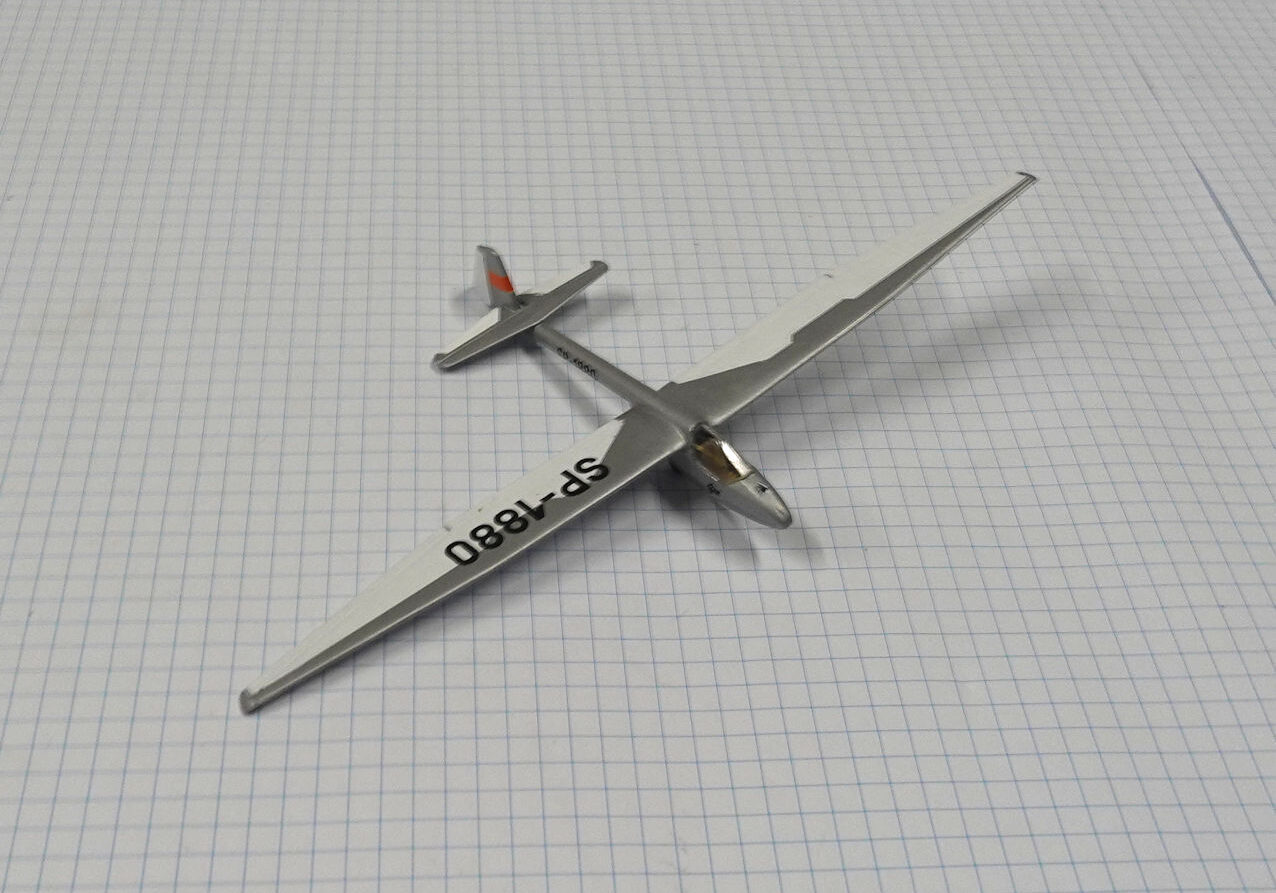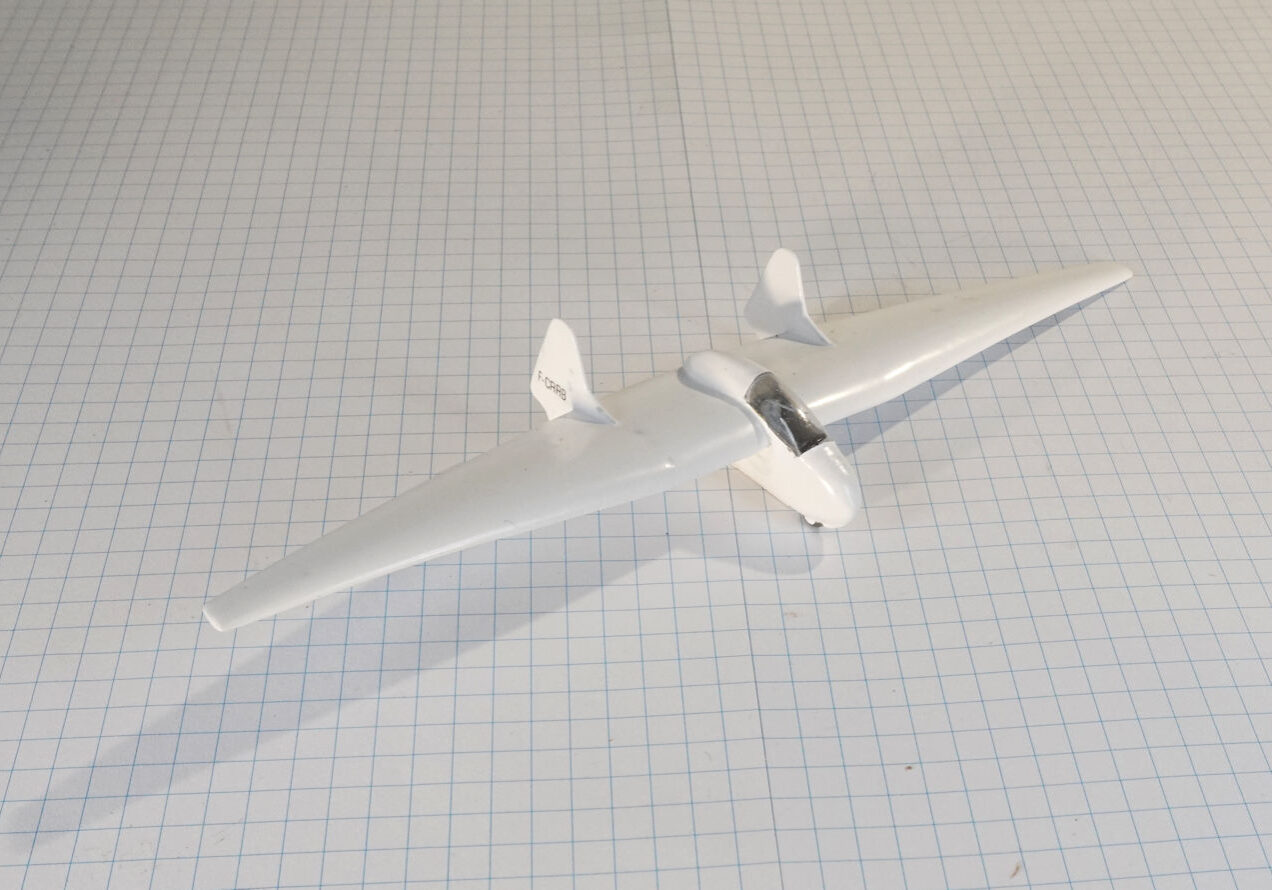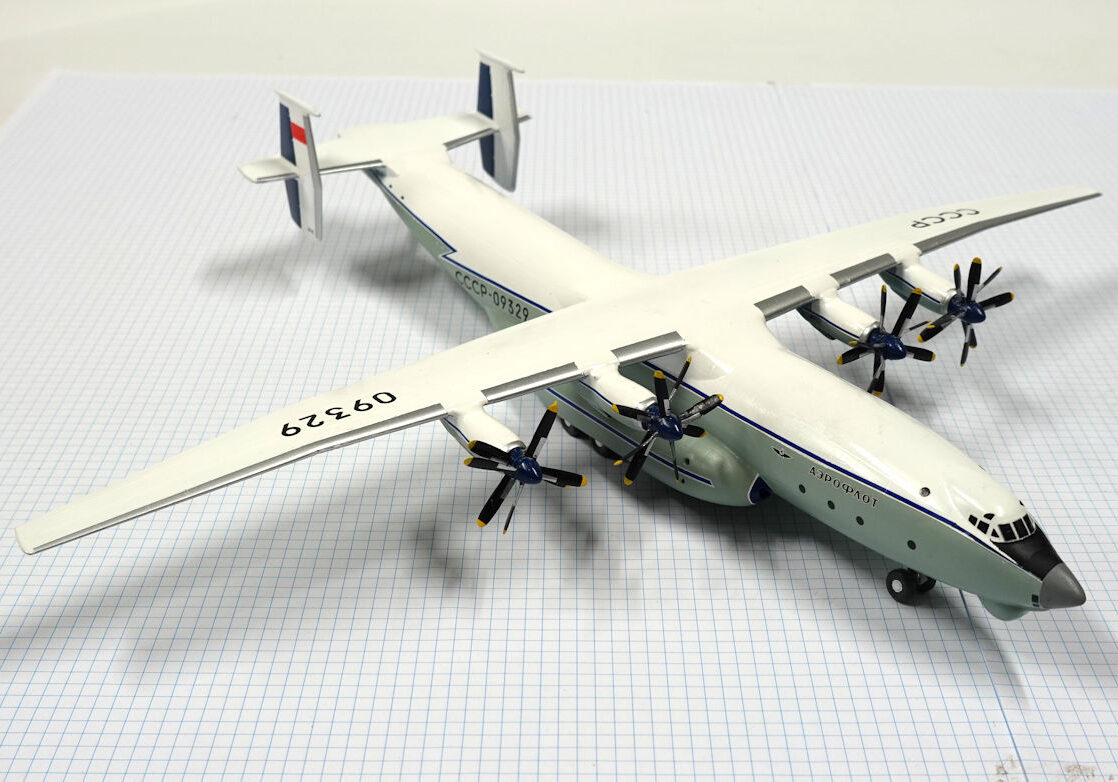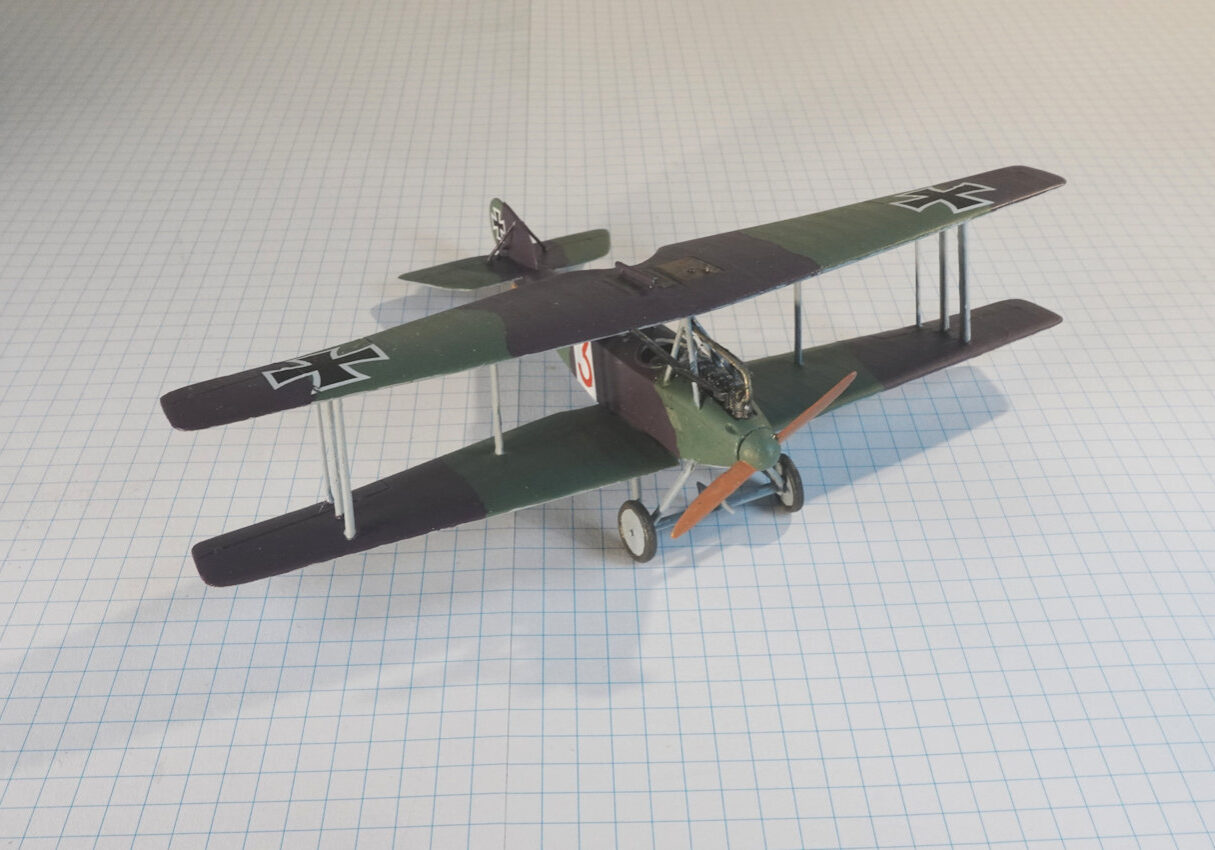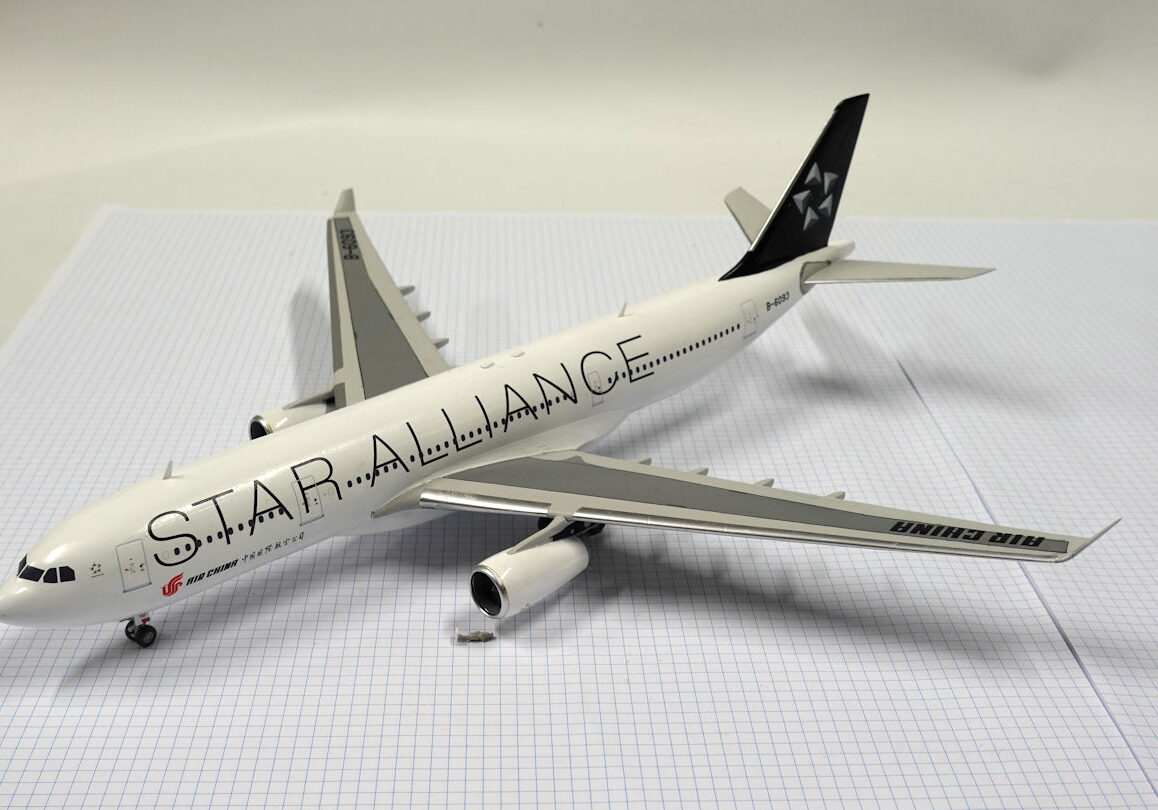History
The Bernard HV40 was a racing floatplane designed in France in 1929 to take part in the Schneider Trophy competition together with the Bernard HV41. Due to poor engine performance the HV40 was only used as a trainer.
The Societe des Avions Bernard designed and manufactured a number of aeroplanes in the inter-war period, with no great success.
In 1928 the French government decided to participate in the Schneider Trophy and set up a special team for the event which ordered a trainer and the Bernard HV40 and HV41 floatplanes.
The HV40 was powered by a radial engine and the HV41 was to use a new liquid cooled engine.
The HV40 was ready for testing by May 1929 but did not fly until July 1931 due to the engine delays.
It flew well but had poor high speed performance and was only used for a number of training flights.
Due to problems with the Bernard floatplanes France withdrew from the Schneider Trophy competition..
This model represents the sole HV40 in 1931.
Adrien Roy 1:72 kit completed by Leigh Edmonds in December 2021.
